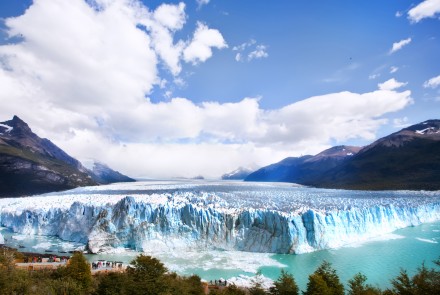Ancient sea levels give clues to natural sea rise

Scientists have produced the first detailed record of sea levels over the past 500,000 years and spanning five ice ages, using microfossils from sediments in the Red Sea.
The team determined accurate dates for the sea levels by linking wind-blown dust in the sediments to a climate record from stalagmites from caves in China. The research is published in the latest edition of Nature Communications.
The more precise dating method gives scientists new insights into natural rates of sea level rise.
“When large ice sheets melted at the end of ice ages, sea levels rose dramatically, up to 5.5 metres per century,” said lead author Dr Katharine Grant, from the Research School of Earth Sciences.
The study provides the first detailed and continuous sea-level record going back further than 150,000 years ago.
The new record closely matches existing data derived from corals, and ice-volume approximations from microfossils.
The new results help scientists to understand how sea levels rose in response to natural climate change, said co-author Professor Eelco Rohling.
“Besides the end of the major ice ages, we found over 100 melts. For 95 per cent of these, ice-sheet reduction, and therefore sea-level rise, peaked within 1,100 years after it was triggered,” he said.
Although there is much less ice on the earth now than there was during ice ages, melt events with close to the modern amounts of ice on earth showed sea-level increases of up to 1.5 metres per century, says Professor Rohling.
“This may hold an important lesson for our future. There is documented loss of ice from the Antarctica and Greenland. If we have triggered a melt it may be irreversible for many centuries to come.”
 Follow
Follow